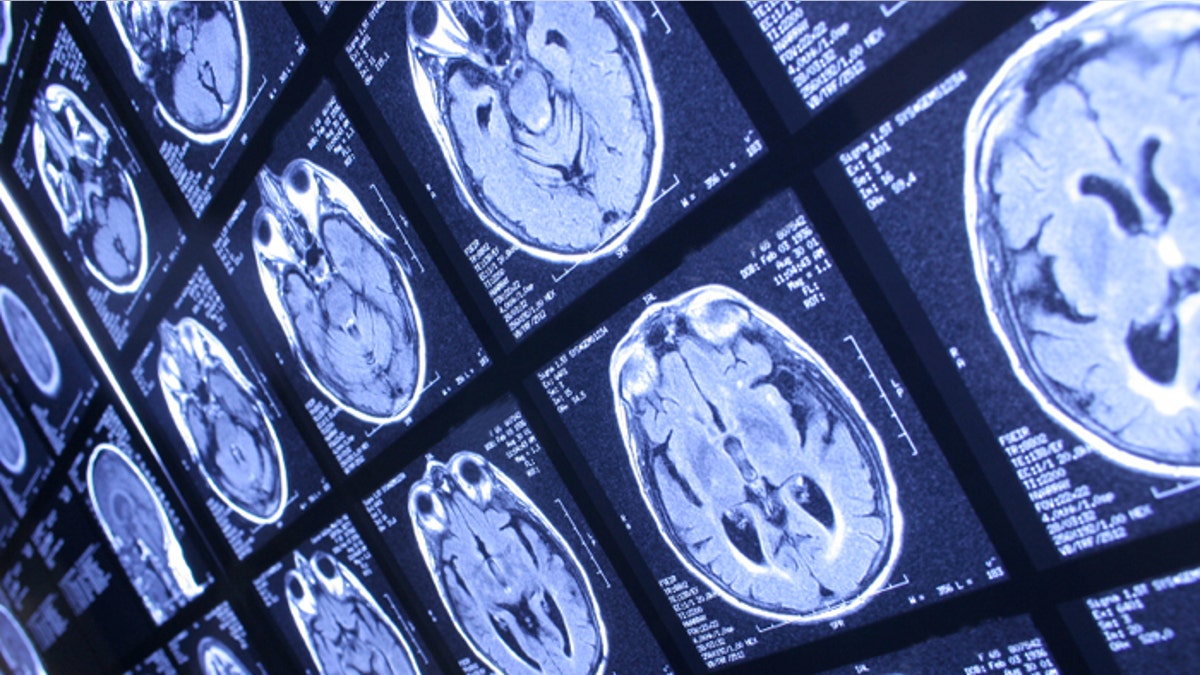Single concussion can cause lasting damage to the brain, study finds
{{#rendered}} {{/rendered}}
A single concussion, one of the most common forms of traumatic brain injury in the United States, may have a lasting impact on the brain, resulting in long-term structural damage.
A study from the New York University Langone School of Medicine found that patients who had suffered from a concussion, or mild traumatic brain injury (MTBI), had significant damage in certain portions of their brains a year after their injury.
“We’ve known that in moderate and severe degrees of brain injury, you can have a long-standing structural effect on the brain,” lead author Dr. Yvonne Lui, neuroradiology section chief and assistant professor of radiology at NYU, told FoxNews.com. “But in concussion, we just don’t see much…. We wanted to know: Is there something happening to the brain, or is there nothing happening? Of course, something is happening because some people get knocked out, and some people have ongoing symptoms.”
{{#rendered}} {{/rendered}}Every year, 1.7 million individuals have a traumatic brain injury; 75 percent of which are MTBIs, according to the U.S. Centers for Disease Control and Prevention (CDC). The American Congress of Rehabilitation Medicine (ACRM) defines an MTBI as a traumatically induced physiological disruption of brain functions, manifested by at least a period of loss of consciousness, any loss of memory, an alteration of mental state or focal neurological deficits.
Lasting impact
Most often, concussion occur when the head is severely struck or experiences severe whiplash. Many patients experience symptoms such as headaches, dizziness, memory problems, and even depression or anxiety. Sometimes, these side effects last for months – and sometimes years.
{{#rendered}} {{/rendered}}In order to determine the lasting impact of an MTBI, Lui and her colleagues examined 28 MTBI patients with post-traumatic symptoms, 19 of whom they followed for a full year. A matched control group of 22 individuals were also examined, 12 of whom were followed for a year.
Utilizing magnetic resonance imaging (MRI), Lui was able to map the patients’ brains one to two months after injury, and then a full year after injury. After 12 months, the researchers found measurable global differences in brain volume, as well as structural damage to regional areas of the brain – including the anterior cingulate white matter as well as the precuneal region.
“We’re not entirely sure (what it means), but it’s very provocative that the anterior cingulate was involved, because it is often implicated in depression,” Lui said, “and certainly patients with concussion can suffer from depression and do suffer from depression greater than expected in the regular population.”
{{#rendered}} {{/rendered}}According to Lui, the precuneal region of the brain is complicated and has many connections to other areas of the brain responsible for executive functions. While the specific symptoms associated with this region have not be identified, the findings overall show that brain atrophy is not exclusive to severe brain injury, but can also occur after one small concussion.
Lui said scientists are still studying the long-term effects of concussions, but her research could potentially help change the way concussions are currently treated, helping individuals get the behavioral, cognitive and medical therapies they need to avoid long-term damages.
“I think (the study) confirms that at least in some patients, a lasting structural effect may occur, and I think that gives some biologic explanation to some people’s ongoing symptoms,” Lui said. “In the past, people were thought of as complainers. These people can be fairly functional, but they still complain of problems of attention or are depressed. There is, in some patients, an organic explanation of an actual change the brain has undergone.”
{{#rendered}} {{/rendered}}The study was published online in the journal Radiology.
